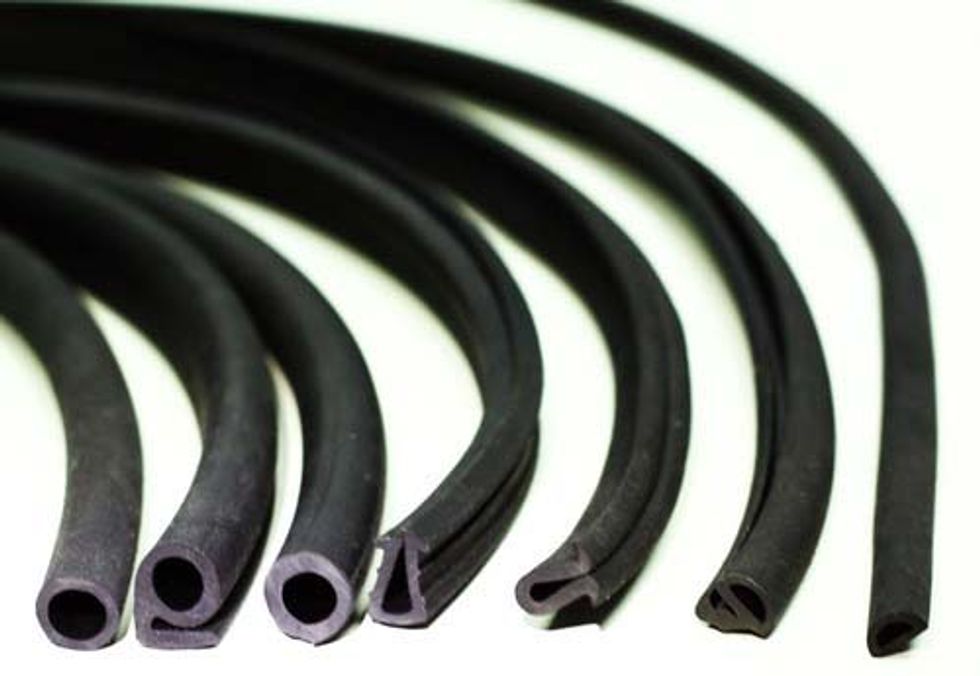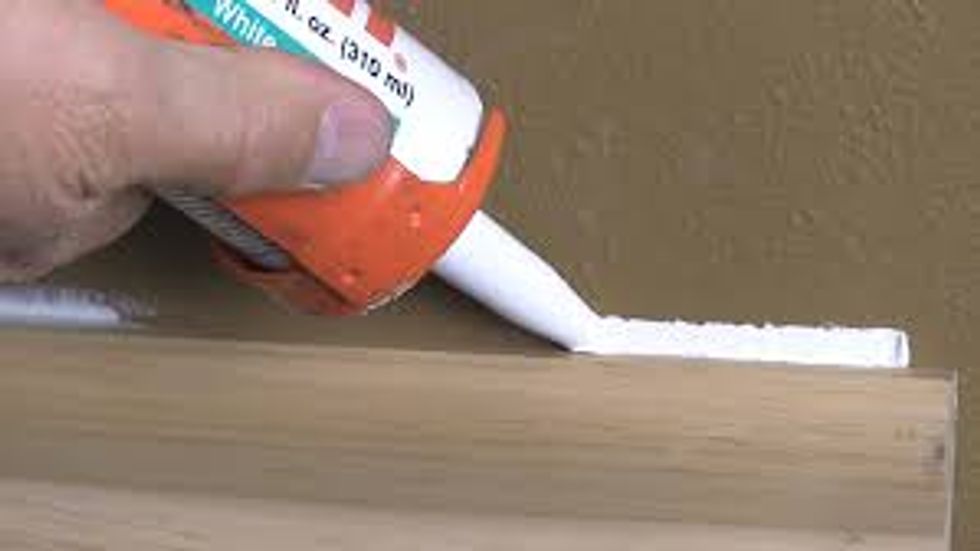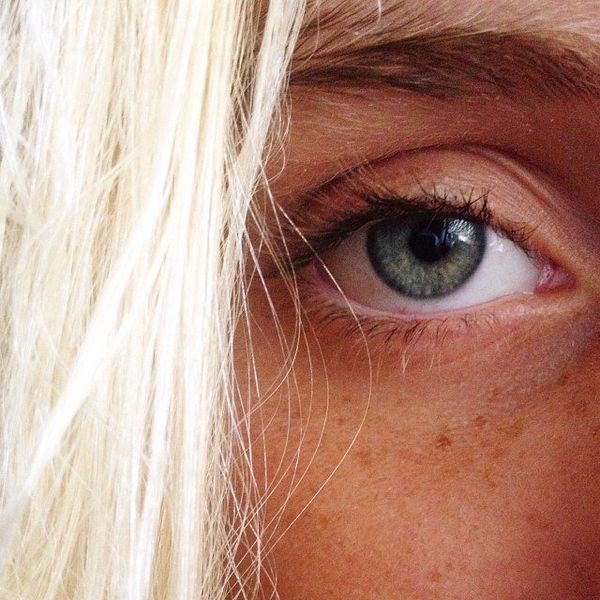Last week, I informed you of five famous expressions commonly used today that originated before your grandparents were born. This week, I share with you several common words with the same kind of origin story.
1. Ketchup
That famous tomato goop we drench our hamburgers, hot dogs, and French Fries with is a genuine Chinese invention, unlike the ubiquitous fortune cookie. Vietnamese traders first brought the sauce to the Asian country around the 16th century. The original name of this condiment was called "kê-tsiap,"which comes from Hokkien Chinese. You probably wouldn't have wanted to eat it though, as it was made of fermented fish, not tomatoes! This common fruit was believed to be toxic back then (the leaves and roots still are, actually) and the first tomato ketchup was not introduced until 1812. Finding that the product spoiled easily, a man named Henry J. Heinz (does this name ring a bell?) began making ketchup using white vinegar as a preservative in 1876. It was then that our modern ketchup was born.
2. Doughnuts
The spelling of "doughnut" you see above is considered to be the proper spelling for this soft, sweet, cake-like, pastry. It's original name was "oily cakes" since it was originally fried in molten lard instead of being placed in a hot oven. Dutch pilgrims first bought this snack to America as ball-shaped treats (sort of like really large doughnut holes.) However, it was soon discovered that cutting a hole in the center of the dough and removing a nut-shaped chunk allowed for more evenly cooked confections. Hence the term "doughnut" spelled as a compound word of "dough" and "nut."
3. Icing
On the subject of sweet treats, this common doughnut topping began long before its ring-shaped vestibule. The oldest version is believed to have been a sugar and water mixture poured directly onto a partially-baked cake. After the cake was fully cooked, the sugary mixture thickened into an ice-like glaze.
4. Rubber
Used to make beach balls, balloons, and squeak toys for pets, this common building material originated in South America. Natives used a tree resin as a durable substance to make balls. A French explorer took the idea back to Europe and it was quickly discovered that the substance could rub away lead pencil marks. In fact, the term "rubber" is still used in the UK today as a term for the word eraser.
5. Caulking
Chalky, gritty, and paste-like, caulking is a common material for any house builder to use to seal up cracks in between windows, doors, or tiles. Its name comes from the word "calcāre," the Latin word for "trample" or "tread on." Seeing as applying caulking involves "treading" a steady stream of mixture to seal up a gap, it's not exactly difficult to crack the case of where this word comes from.


























